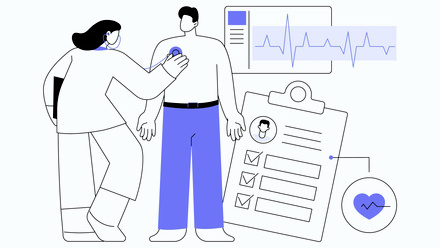How always-on rewards can keep employees engaged
We all know that being active and eating healthy food is good for us. Yet despite this, many of us struggle to maintain healthy choices. Most of us get healthier at certain points of the year – January or in the run-up to summer – but give up after about a month.
Behavioural economics has taught us that we have a disconnect between our current and future selves. That’s why we struggle to picture ourselves when we’re older – benefitting from being healthy now. We want to see a quick return on investment.
The same goes for positive work behaviours, like being on time, sticking to deadlines and taking the initiative. If it’s not already a habit, then it’s hard to keep it going every day.
You may have noticed that your employees adopt healthy work habits when their appraisals are coming up. However they can’t keep them going because the reward of a possible pay increase has gone.
The solution is to have always-on rewards, so you can encourage positive behaviour, immediately after. That way they’re more likely to repeat that behaviour.
Here are some useful tips on how to find the right rewards to help keep your employees engaged and healthy all year round.
Tips to offering the right rewards
1. Keep it short and sweet
Known as present bias – people tend to value immediate rewards more than future ones. That’s why short-term rewards that are easy to achieve usually work best. For example, finishing work early on Fridays when you get all your jobs done.
2. Try to be creative
Even with limited resources, a creative approach to rewards can still pay dividends, such as unlimited annual leave or public praise. Encourage managers and team members to regularly do shout-outs on Teams.
3. Make it memorable
Vouchers are less likely to be forgotten than cash and experiences tend to make us happier than money.
We’ve also seen through behavioural economics that the perceived value of monetary amounts can vary, so non-cash items, such as personalised gifts, can help address this.
4. Let them flow
You need not limit yourself to just offering one reward – they can be combined to boost the total value available, or to provide a choice of rewards. Both of which can broaden the appeal and motivate a wider range of employees.
Use a system of escalation, so people can do more to unlock further rewards. For example, organise a steps challenge at work (during Steptember). This delivers on-going praise while the challenge is in full flow and could finish with a trophy or gift for the winning team.
5. Offer a reward and a saving
Some businesses offer free nutritious snacks (like a piece of fruit), while charging for soft drinks and chocolate bars. This strategy uses the concept of loss aversion, to motivate workers to avoid losses by choosing the healthier option when it’s free.
Supplied by REBA Associate Member, Vitality
At Vitality, we take a unique approach to insurance. As well as providing high-quality comprehensive cover, we provide a complete wellness package that can help boost employee engagement and productivity.








